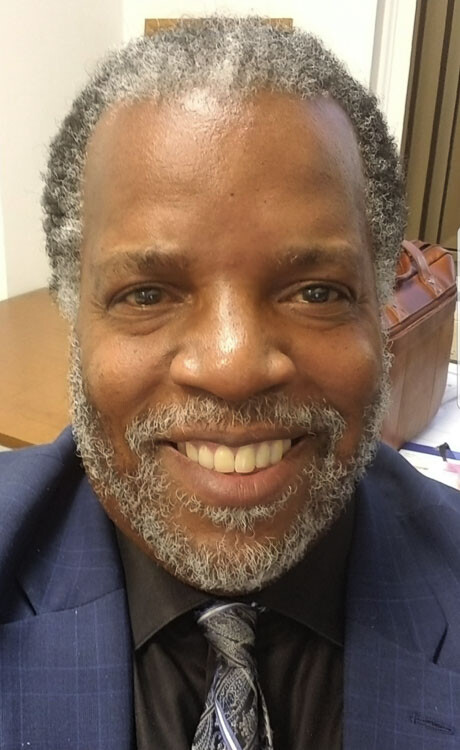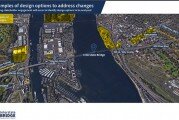Stakeholder and community input will continue to shape the program and what outcomes are developed
Greg Johnson is the administrator of the Interstate Bridge Replacement Program (IBRP). Recently, the IBRP held a series of meetings regarding the replacement of the Interstate Bridge. Those meetings have highlighted some challenges ahead for the project. They include increased citizen focus on fixing traffic congestion, the demand by two Oregon Congressmen that light rail be included in the project, and the possibility that the inclusion of climate change and equity in the Purpose and Need Statement would trigger a new Environment Impact Statement (EIS).

The Interstate Bridge Replacement Program (IBRP) team submitted information to its “federal partners” — the Federal Highway Administration (FHWA) and the Federal Transit Administration (FTA) — regarding their proposed revised Purpose and Need Statement. This document defines the problem, and all possible solutions are measured against it in determining which options can be considered for the replacement project.
Here is a look at a Clark County Today report about that process:
Interstate Bridge Replacement Program faces new challenges, concerns about avoiding new EIS and NEPA process

In the collection of information for that report, Administrator Johnson provided Clark County Today with a statement about the current state of the process. Here is that statement in full:
The Interstate Bridge Replacement Program (IBRP) continues to work closely with federal partners at Federal Highway Administration (FHWA) and Federal Transit Administration (FTA) to clarify the best path for moving this critical program forward with stakeholders and the community.
Any potential bridge replacement solution must be able to address all six of the identified transportation problems to meet the needs of the region now and into the future. This encompasses numerous improvements to existing conditions in the program area, including earthquake resiliency, safety, mobility and reliability for freight and travelers, and transportation choices including transit and active transportation options. The program is committed to continuing to utilize and update past work to support efficient decision making, while making sure that current community priorities and changes since the previous planning effort are reflected as program decisions are made.
Both the FHWA and FTA are providing guidance on the extent to which documents from the previous planning process can be modified. While data within the Purpose and Need Statement may be updated to reflect current conditions, federal partners have so far indicated that substantive changes to the document that could result in a shift to the fundamental needs the program is addressing would fall outside of the scope of previous work conducted and thus need to be treated as a new project.
Stakeholder and community input will continue to shape how the program is conducted and what outcomes are developed. Recent community engagement efforts validated that there is widespread agreement that the six previously identified problems still exist, and that people are eager to begin digging into the details of a bridge replacement solution.
We know that there are a lot of changes that need to be taken into consideration since previous planning efforts. The program is working with partners to identify what has changed contextually and physically to help determine which pieces of past work remain valid and what design options should be considered through analysis and community engagement to address these changes. These design options could include such things as transit, urban design, bridge aesthetics, active transportation choices, connections and access.
The program commitments to equity and climate will be used along with the community values to develop screening criteria to determine design options to help shape the details of the future solution. The program is working with regional partners to identify the most effective way to formalize program commitments to climate and equity. Regardless of where they fit within the environmental documentation, the program is committed to embedding equity and climate considerations throughout program work in actionable and measurable ways and to identify how community priorities and values can help shape design options. The program frameworks for climate and equity will include corresponding performance measures that can be applied throughout program work to uphold the community’s priorities and forward climate and equity goals.
The region’s long-term transportation plans do not currently include the creation of a new corridor across the Columbia River. While a discussion about a potential new crossing is certainly an important conversation that should be had, the current priority is addressing the existing need for improvements on the I-5 corridor to ensure that it keeps travelers and freight moving throughout the region safely for many years to come.




